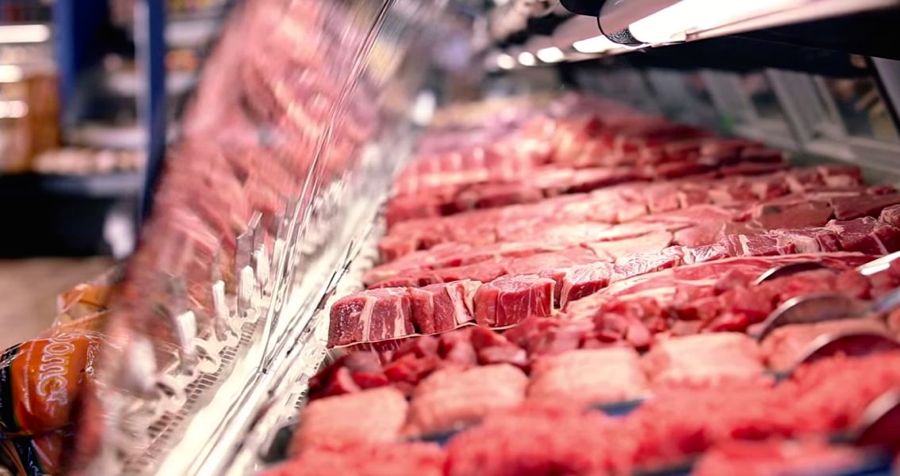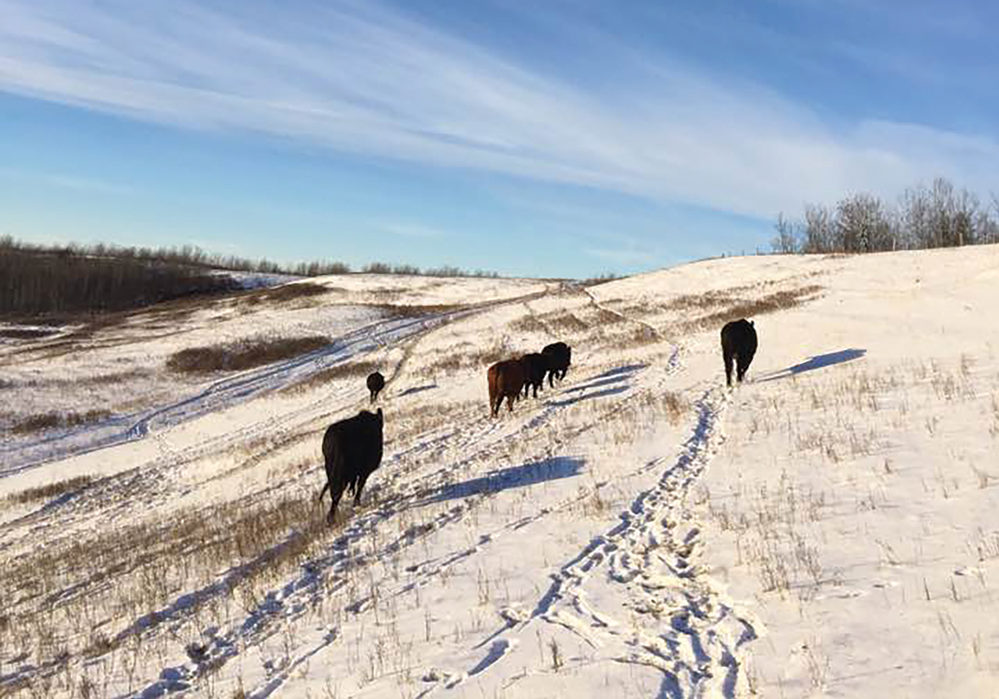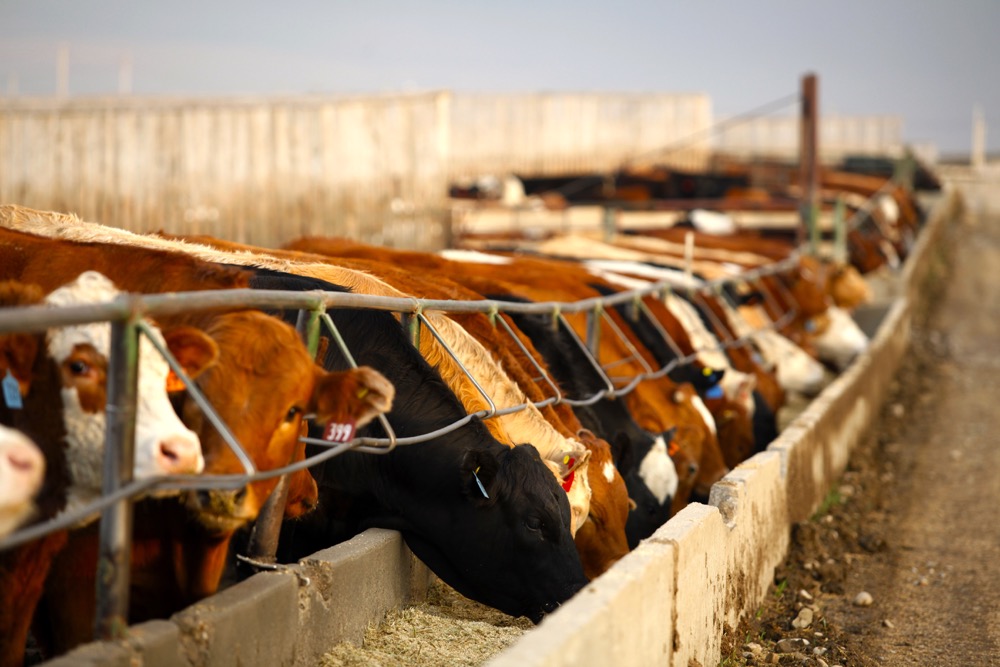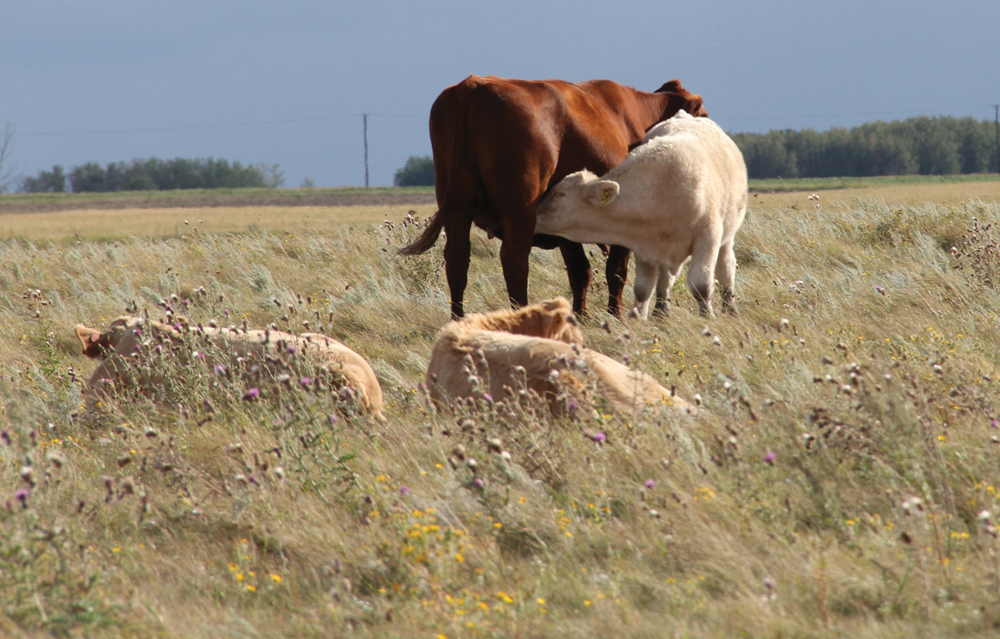Producers have been asking and I believe it is worth making a few comments about the outlook for markets and domestic prices at auctions and packing plants now that country-of-origin labelling (COOL) is no longer a requirement in the U.S.
COOL was done away with in late December 2015 after the U.S. Congress attached a COOL repeal of order to a massive spending bill later signed by President Barack Obama.
While I haven’t notice any drastic changes in market behaviour, some points should be reviewed.
Read Also

Harvest wraps up and fall work begins
At the Eppich famly ranch in western Saskatchewan, the fall harvest was successful with few breakdowns, cows and calves have been sorted and a new tractor has arrived
For feeder cattle, the effects of COOL so far have been hard to measure. In 2014 when cattle prices rallied sharply, feeder cattle exports to the U.S. were 441,695 head, up 40 per cent from 2013. During 2015, feeder cattle exports to the U.S. were 287,803 head, a year-over-year decrease of 35 per cent. It appears enough U.S. feedlots had adapted to segregating Canadian feeder cattle when prices were at historical highs to limit the effect on the market for Canadian cow-calf producers. The feeder cattle market is a pure competitive market and there are many factors influencing the price.
For slaughter cattle, it was also difficult to measure the effects of COOL if you only look at export volumes to the U.S. We’ve seen packing plant closures in the U.S., which was partially attributed to COOL. These closures have bearing on live cattle prices in different regions of Canada and the U.S.
Secondly, the closures also influenced overall trade flows of frozen fresh and chilled cuts. Keep in mind U.S. beef production was at a historical low in 2014 and first half of 2015. COOL may have caused average basis levels to deteriorate by $2 to $4; however, we’ve seen the fed cattle market swing by $20 to $50 over the past two years.
I always tell producers not to worry about pennies when there are $100 bills flying over your head. There are larger fundamental issues influencing the market and if managed correctly, can make you more profitable.
Who benefits from COOL
The main question is who benefits from labelling? Is it the consumer, or is it individual producers or some main producer or lobby group on either side of the border?
Take for example A&W’s commitment to use beef raised without added steroids or hormones. Certain feedlots in Canada are satisfying this demand and if the overall goal is to increase beef consumption, then this may exclude some producers from this market share but may benefit others. A&W is clearly trying to differentiate itself from other fast food chains but the marketing perception in regards to all other beef may be somewhat misleading.
In my own view, COOL may have been a bit ahead of its time. The industry does not like to be legislated into production or labelling practices. The preference is that consumers chose and the production will react and change accordingly. The trend in food labelling is more labelling, not less. Although COOL may have caused an economic disadvantage for Canadian producers, I believe longer term, consumer groups will have more power than the industry lobby.
Recently, the “right to know movement” has consumer groups proposing labeling to identify products made from GMO crops. I wouldn’t be surprised if this eventually extends into beef or other meat products. We all know about “organic beef” which is in a world of its own but another way producers are looking for an added benefit through various labelling and production methods.
COOL can also be part of the overall food safety dialogue. Food safety is a main factor driving traceability policy, which includes age verification, premise ID and movement. These are the three pillars of the Canadian Cattle Identification Agency in which Canada is far ahead of the U.S. This progress was key to resuming exports to certain destinations after the previous BSE case.
Our beef industry is always one bacterium away from shutting foreign borders as new strains are a constant risk. In previous issues, I’ve also discussed beef as a functional food or food-ceuticals; beef working together with the medical community for a specific health benefit. This will also require in depth labelling and promotional advertising. I strongly believe this is the part of the future of beef production.
Under COOL, Canadian exports of feeder cattle and slaughter cattle varied quite significantly given the overall market conditions over the past few years. In theory, there was a disadvantage for Canadian producers, but it was very difficult to measure when cattle and beef prices are at historical highs. The trend in food labelling is more labelling, not less.
Food safety is a main factor driving traceability policy; consumer groups are becoming more powerful proposing more labeling on food products. Beef producers will respond accordingly to satisfy consumer demands and this can sometimes benefit individuals or the corporate group of producers.
















